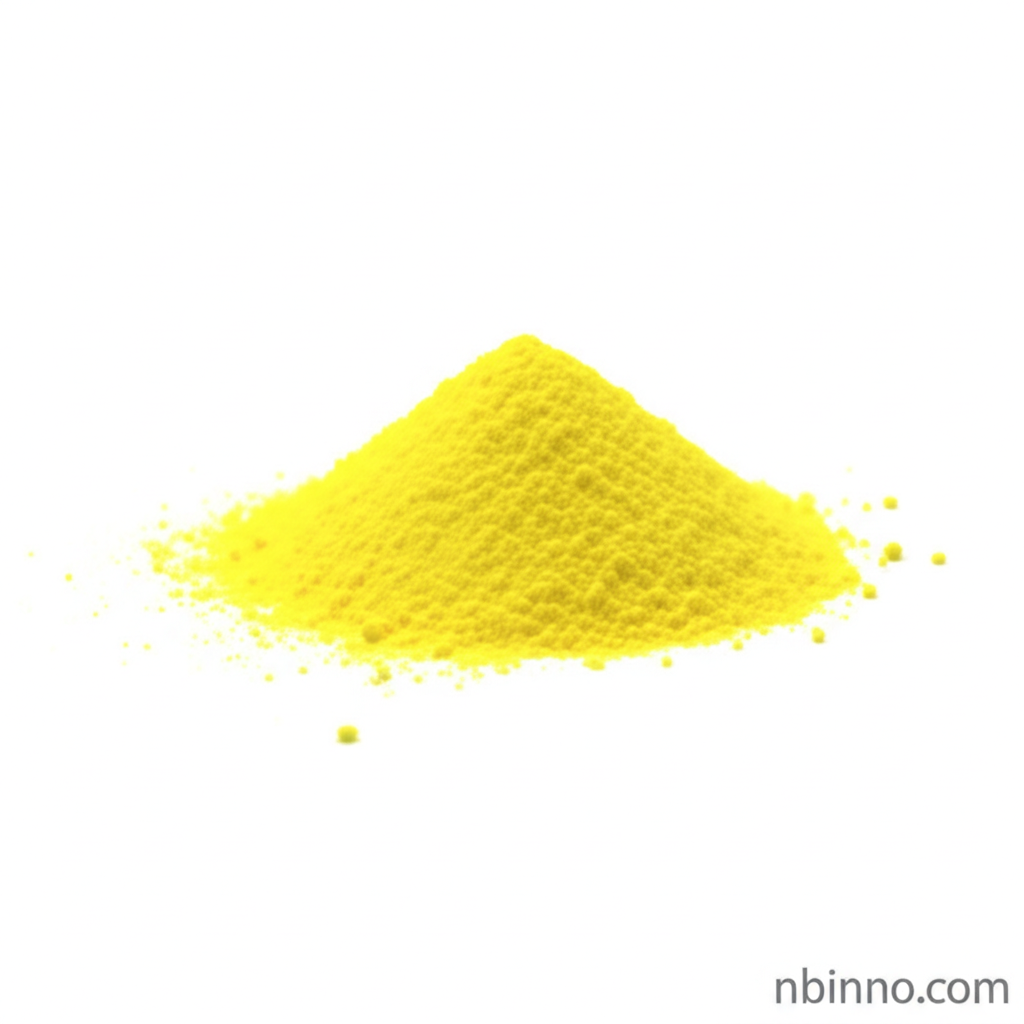Coelenterazine: A Key Bioluminescent Substrate for Advanced Imaging and Research
Discover the power of Coelenterazine, a vital bioluminescent substrate revolutionizing biological research. Explore its role in cellular imaging, calcium measurements, and its potential for advanced applications.
Get a Quote & SampleProduct Core Value

Coelenterazine
Coelenterazine is a pivotal molecule in bioluminescence, acting as the primary substrate for a wide array of luciferases and photoproteins found in marine organisms. Its ability to emit light upon enzymatic oxidation makes it an invaluable tool for researchers. We pride ourselves on being a reliable supplier in China, offering high-quality Coelenterazine for your demanding research needs.
- Leverage Coelenterazine for sensitive calcium ion measurements, enabling precise monitoring of cellular signaling pathways.
- Utilize Coelenterazine as a core component in bioluminescent imaging techniques, visualizing biological processes with exceptional clarity.
- Explore the chemical synthesis of Coelenterazine and its derivatives to develop novel probes for advanced research applications.
- Benefit from Coelenterazine's role as a Renilla luciferase substrate, a widely used system for reporter gene assays and cellular analysis.
Advantages Offered by Coelenterazine
High Sensitivity in Detection
Coelenterazine enables highly sensitive detection of biological events, crucial for understanding intricate cellular mechanisms and utilizing it for advanced biochemical assays.
Versatile Applications
From measuring intracellular calcium levels to serving as a substrate in reporter gene assays, Coelenterazine offers remarkable versatility in biological research.
Tunable Bioluminescent Properties
The ability to synthesize Coelenterazine analogues with modified structures allows for tuning bioluminescent emission, opening new avenues for multiplex imaging and specialized applications.
Key Applications
Bioluminescence Imaging
Coelenterazine is fundamental to bioluminescence imaging (BLI), allowing researchers to visualize biological processes in real-time, crucial for studying disease progression and drug efficacy.
Calcium Ion Measurement
Its interaction with photoproteins like aequorin makes Coelenterazine an excellent tool for precisely measuring intracellular calcium concentrations, vital for understanding cell signaling.
Reporter Gene Assays
As a substrate for Renilla luciferase, Coelenterazine is widely used in reporter gene assays to study gene expression and promoter activity efficiently.
Drug Discovery and Development
The unique properties of Coelenterazine aid in high-throughput screening and drug discovery, enabling the assessment of compound efficacy and cellular responses.
